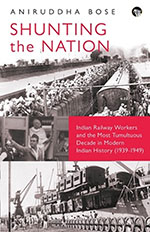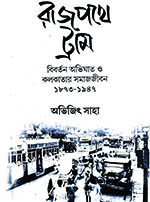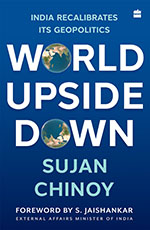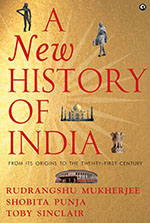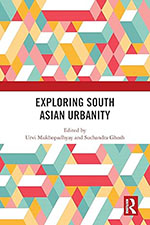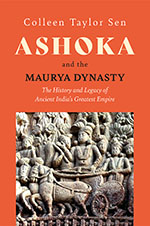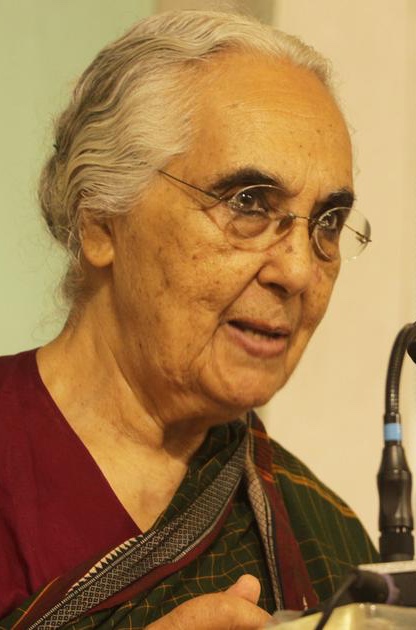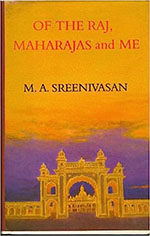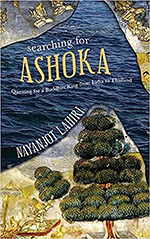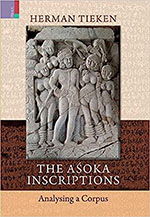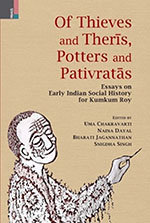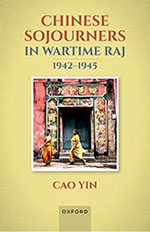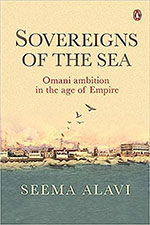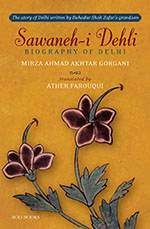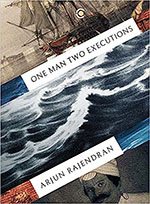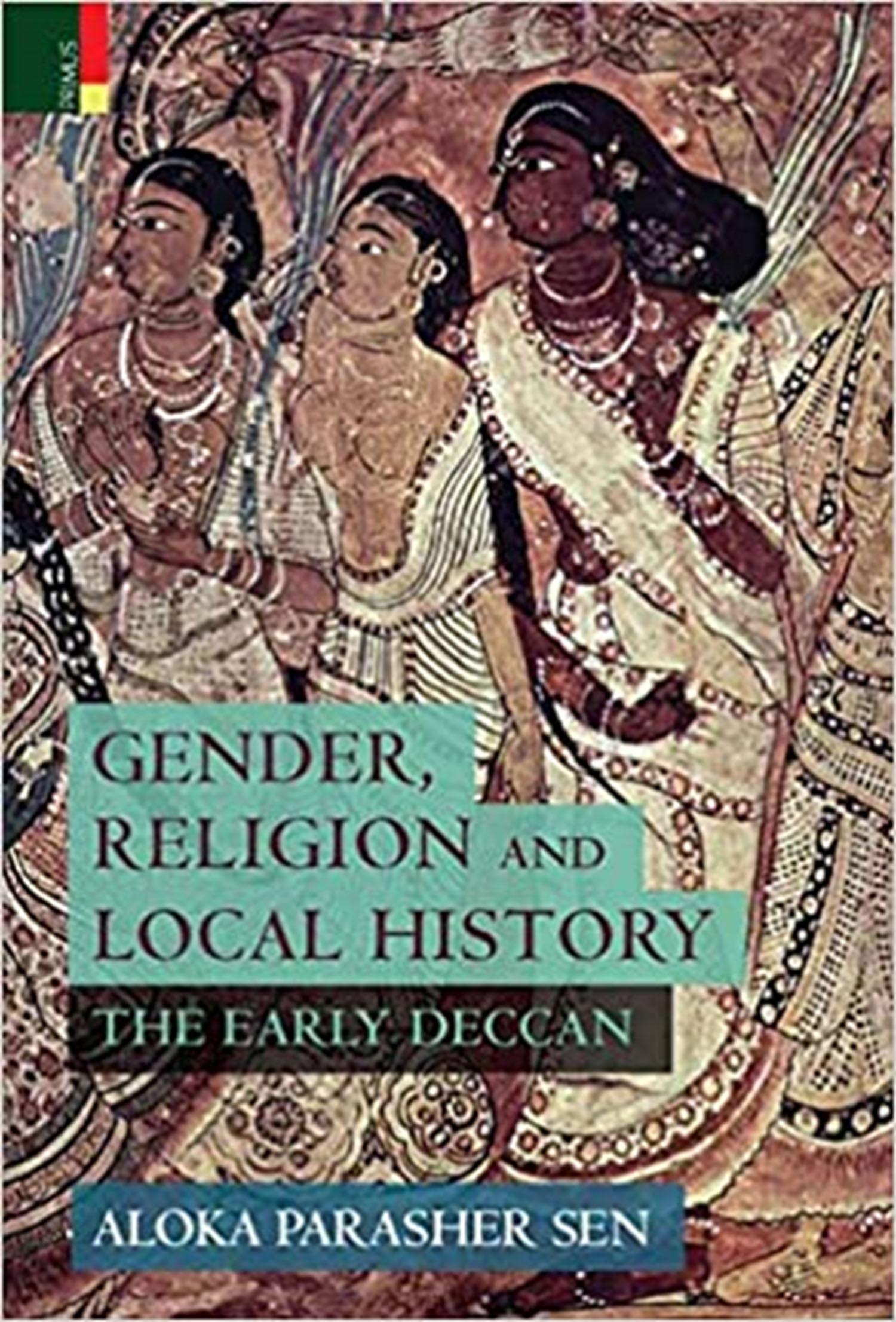History
the Muslim League, and the Communists. The British panicked because the mutiny sparked revolts in other branches of the armed forces. As news of the uprising became known, there were widespread agitations in different parts of the country although the worst affected was Mumbai itself
In the textbooks of modern Indian history, the railways appear almost fleetingly, something like this: introduced in 1853; the guarantee system was so very exploitative for the Indians
Trams were introduced in Calcutta in 1873 and in Bombay a year later in 1874 and in Madras in 1886. Trams remained in place as Calcutta became Kolkata.
The so-called ‘New World Order’ is taking a ‘New Shape’ and Asia is emerging the centre of attention in 21st century. This book is unique in that it covers the subject in detail and is thematically organized into four parts.
This is a textbook with a difference. It covers a well-known story of the development of India as a civilization, of its march to modern nationhood and does it with elegance, precision and sensitivity. It is this quality of tying together discrete elements of updated research, well-known debates and understanding with a brilliant array of visual material that makes this textbook genuinely a novel exercise in synthesis and analysis.
Exploring South Asian Urbanity edited by Urvi Mukhopadhyay and Suchandra Ghosh comprising fifteen essays explores the idea of urbanity in history. Divided into five themes, viz., the concept, urban spaces, textual representations, evolution of cities and urban violence
Colleen Taylor Sen, a culinary and food historian of South Asia—as the Foreword informs—picked up this study of Ashoka, the greatest and third ruler (c. 272/268-233 BCE) of the mighty Maurya dynasty
Where nationalism ceases to be the movement of citizens from across society and is reduced to one identity which is given priority, this becomes a denial of the very important component of nationalism, namely, democracy and the secular.
What Biggar has done is to pick up some aspects of the history of the British Empire on which there are writings that seek to dispute a particular point in critiques of colonialism, often taking the narrowest view of a complex historical phenomenon, to build his arguments in defence of British colonialism.
The most interesting portion of the book is the ‘Epilogue’. It primarily concerns the deliberations which took place at the administrative level. It underlines the long and intense tussle which took place between Lord Mountbatten, the incumbent Viceroy, and Sir Cyril Radcliffe, the Chairman of the two boundary commissions.
This slim volume is a sparkling crystal that could inform our celebration of the Diamond Jubilee of our nationhood.
The 39 chapters of the book cover Sreenivasan’s experiences as a family man and administrator, from his selection for the Mysore Civil Service in January 1918 to his tenure as a Minister in the Princely State of Mysore in 1943, and Dewan of Gwalior in 1946.
The book is a historian’s personal quest for a ruler who crafted himself in multiple ways and was in turn received and recast in more ways than he could have imagined. Thus, the book is really not about Ashoka who is no stranger to history and historians, but rather about how Ashoka comes through to us in stone and metal, text and poetry, scattered through the subcontinent and outside over centuries.
Herman Tieken’s command over the source language Prakrit and the Brahmi script is writ large in the book. His training in classical Kāvya literature led him to view the inscriptions as a literary corpus. The book in some ways offers fresh perspectives, even though one may disagree with one or two.
2023
What comes out clearly is the extent of the work and influence that Kumkum Roy’s own research have had on a range of aspects of early Indian history—gender, of course, but also questioning the texts, minutely, meticulously and critically examining these texts, and then developing new ways of understanding the past.
This book is about the various Chinese professionals who came to India during the Second World War and resided in India during that time. This was the time when close to 100,000 Chinese nationals were in India which was the highest ever in history.
In this work, Seema Alavi addresses the ‘overwhelming silence’ and the ‘invisibility’ of Arab polities and dynasties in the historiography that reflects an ‘unabashed Eurocentrism’. The inability of ‘mainstream’ scholarship to make sense of the unique structures of state power that shaped the Ocean’s political culture has been brilliantly exposed in this work.
Farouqui’s translation of Sawaneh-i Dehli is a cultural, archaeological, historical treatise since it is not limited to simply translating the text from one language to another but also painstakingly locates factual errors in Gorgani’s original text and has elaborate explanatory footnotes: as Farouqui points out in his Preface, Gorgani knew very little of history.
If you’re also caught up in the tug-of-war between the history of Mughals in India and of that of the Rajput kings stirred by current politics, Rajendran’s poetry of the French colonial past in Pondicherry will come as a great relief! The poetry collection which starts with over 30 poems stretched across a decade in Pondicherry, offers an insight into the lives of natives and colonials, couched in multilingual verses with heaps of historical references.
Aloka Parasher Sen’s latest collection brings together seven essays dealing with gender and religion, almost all of which were previously published, and have been revised for inclusion in this volume. Taken collectively, the volume is a three-pronged history of the intersections of gender and religion in local contexts. Parasher Sen’s stated intent is to trace how women subscribed to and broke out of the prescriptive norms that were laid out for them and to generally explore how religious ideas shaped gender relations in early India, while trying to bring in the particularities of local history in all this (p. xviii).

